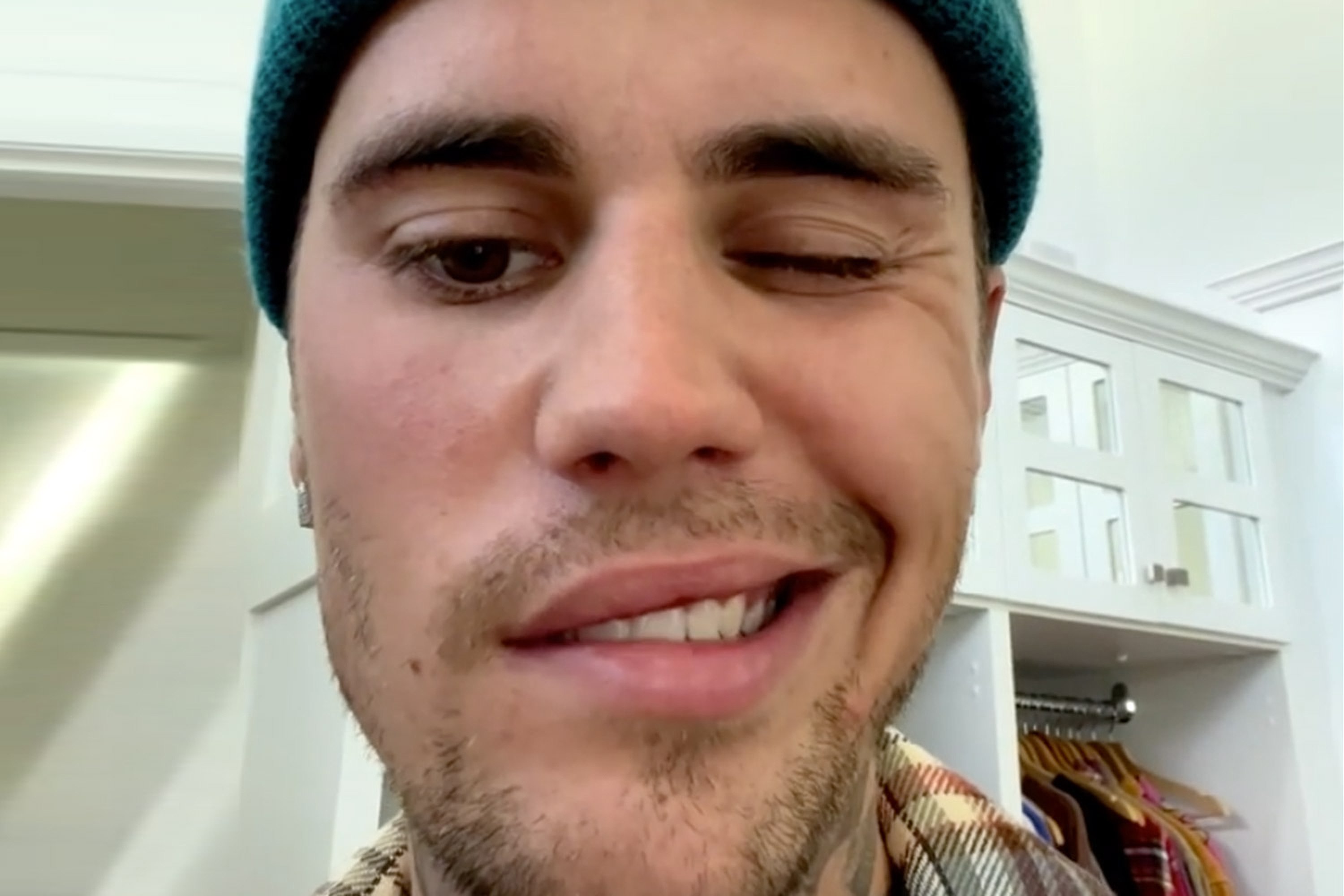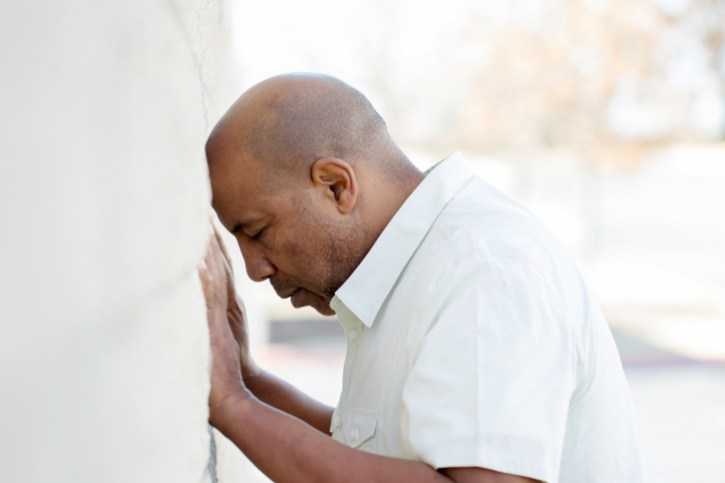Prime
Understanding Ramsay Hunt syndrome

Justin Bieber said he had facial paralysis due to Ramsay Hunt syndrome.
What you need to know:
RHS can affect people of all ages, but is common among those above 60 years of age. It affects less than one percent of the world population.
Recently, pop star Justin Bieber announced that his face was paralysed by a viral condition called Ramsay Hunt syndrome, caused by the same virus, varicella-zoster, which causes chicken pox and shingles.
He told fans in a YouTube video that the virus had attacked ‘‘the nerve in my ear, facial nerves and has caused my face to have paralysis. You can see this eye is not blinking. I cannot smile on this side of my face. This nostril will not move,’’ he said.
Ramsey Hunt Syndrome (HRs), also known as Herpes Zosta Oticus is a rare neurological disorder characterised by facial weakness due to paralysis of the facial nerve (facial palsy), usually affecting one side of the face. It is caused by varicella zoster virus (VZV) infection, the same viral infection that causes both chickenpox and herpezosta. The syndrome was named after an American Doctor James Ramsey Hunt who discovered this syndrome by describing the three syndromes of VZV infection; chicken pox, herpezosta, and Ramsay Hunt Syndrome (RHS).
RHS can affect people of all ages, but is common among those above 60 years of age. It affects less than one percent of the world population.
Cause
Ramsay Hunt Syndrome is a result of a late complication of VZV infection. According to Dr James Edward Kakungulu of Lifeline Medical Centre, when one gets infected and recovers from chicken pox, the virus remains dormant in the body for decades, later on becoming active again, causing inflammation of the geniculate ganglion of the cranial nerve VII also known as the facial nerve. This nerve controls all facial movements such as smiling, closing the eyes. It is this inflammation that results into Ramsey Hunt Syndrome.

Dr Kakungulu explains that the facial nerve is the seventh cranial nerve and carries nerve fibres that control facial movement and expression. The facial nerve generally divides into five main branches. The frontal/temporal brunch controls the fore head muscles, the zygomatic brunch helps close your eyes, the buccal brunch moves the nostrils, upper lip to make a smile whereas the marginal mandibular branch moves the lower lip to express a frown.
The cervical brunch controls the platizmer muscle, which covers the chin. Therefore, when the varicella zoster virus attacks and damages the facial nerve, all downstream branches of the facial nerve are also affected, resulting in weak movement or paralysis of the entire half of the face.
Symptoms
According to Mayoclinic.org, the symptoms of RHS are usually on one side of the face (unilateral) and these include:
1. Weakness of muscles of the face, usually on one side with inability to smile or wrinkle the forehead creating the appearance of a “saggy face’’, just like with Bieber, resulting from the paralysis of the facial nerve.
2. Painful rash around the ear or in the mouth.
3. Auditory symptoms of pain (otalgia), hearing loss, ringing in ears (tinnitus) and a sensation of the room spinning, known as vertigo.
“Facial muscles affected by nerve palsy may be weak or feel stiff and result in the inability to smile or wrinkle the forehead, and sometimes people may fail to control saliva pouring out of the mouth. Other symptoms include difficulty in closing the eye on the affected side, a change in perception of taste and that is usually because the facial nerve innovates part of the tongue and difficulty in speaking due to abnormal mouth movement,” explains Dr Kakungulu.
Eyes and vision
According to healthline.com, one major consequences of facial paralysis is the inability to close the eye on the side of the face that is affected. This can lead to a condition called exposure keratopathy, where the surface of the eye dries out due to lack of lubrication, which naturally happens every time the eyes blink.
Without this protective layer of tear film, the eye surface, including the cornea, can break down resulting into sores which increase the risk of bacterial infection leading to blindness if not attended to.
Treatment
Prompt treatment of RHS reduces the risk of complications, including permanent facial muscle weakness and deafness. There is usually a good prognosis when treatment is started within three days of the onset of symptoms.
“Treatment typically involves anti-viral drugs, pain management with analgesics, steroidal anti-inflammatory drugs, as well as nerve modulating drugs,” Dr Kakungulu shares.
Related disorders
According to rarediseases.org the symptoms of the following disorders can be similar to those of Ramsay Hunt syndrome.
Shingles, which also present with a painful rash, may affect nerves all over the body, not specific to just the facial region.
Bell’s palsy is a non-progressive neurological disorder of the facial nerve (7th cranial nerve), characterised by sudden onset of facial paralysis that may be preceded by a slight fever, pain behind the ear on the affected side, a stiff neck and weakness and/or stiffness on one side of the face. In contrast to Ramsay Hunt syndrome, no rash is present, and paralysis is less severe at onset. Paralysis is thought to be caused by non-infective inflammation, and swelling of the seventh cranial nerve.
Others include acoustic neuroma, a benign tumour of the eighth cranial nerve. Trigeminal neuralgia is a disorder of the fifth cranial nerve (trigeminal nerve).
Is RHS contagious?
RHS is not contagious. However, reactivation of the varicella-zoster virus can cause chickenpox in people who have not previously had chickenpox or been vaccinated for it. The infection can be serious for people whose immune system is compromised or those who are older. Therefore, if you have never had chicken pox, have not received the varicella vaccine or pregnant, avoid being in contact with people that either have active chicken pox infection or RHS.




